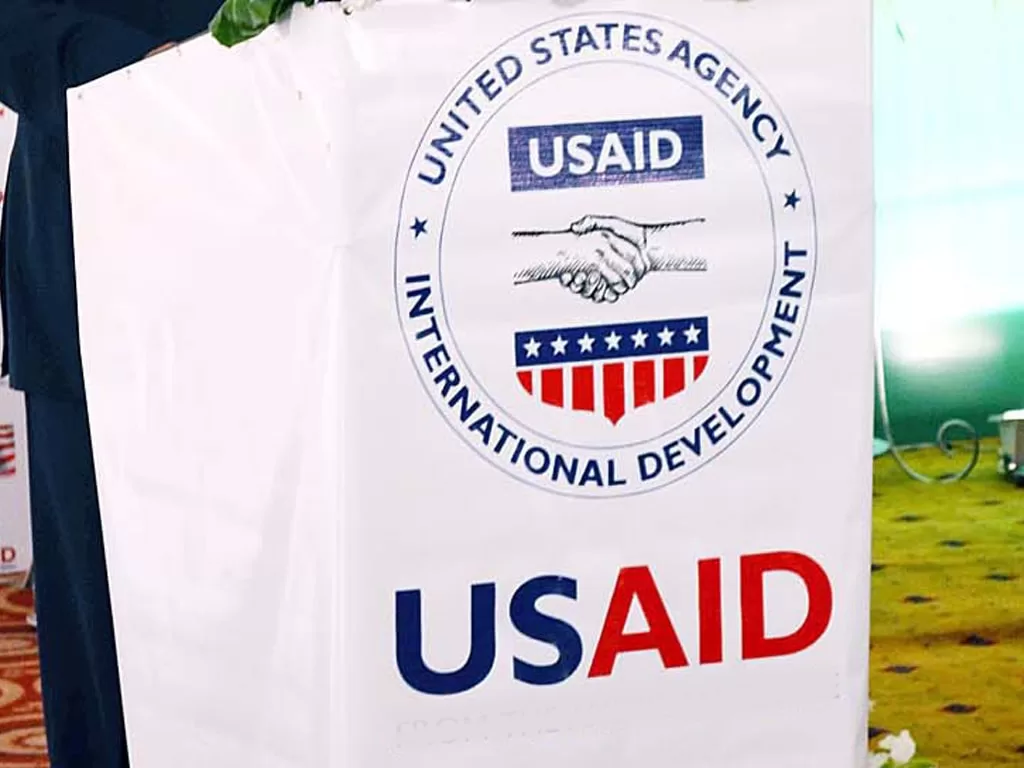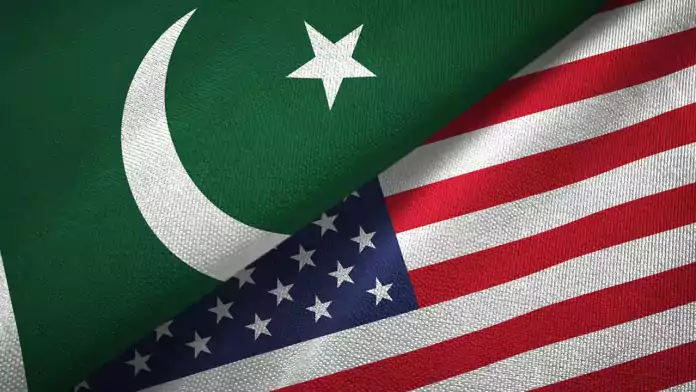he United States of America emerged as a country of choice for Pakistan to develop friendly relations soon after the independence of the country in 1947. The world was still reeling after the effects of the Second World War, while Europe was devastated, the US’s power potential was intact and in fact had grown to become a superpower of the world. Pakistan required urgent support, military and economic, because of the circumstances in which the country was born. There was no state infrastructure and the country had to erect its statecraft from the scratch. Millions of refugees had come to Pakistan who all needed help to settle down. India was reluctant to give Pakistan its share of finances and military stores. A deep sense of insecurity engulfed Pakistan. It was a battle for the survival of the country.
In these grim circumstances, the United States was an obvious choice for the leadership of Pakistan to turn towards for building the state infrastructure as well as military strength to counter any threats to Pakistan at its borders. The United States responded positively, hoping that Pakistan would be a bulwark against the Communist ideology championed by the Soviet Union. Thus started a relationship that has continued for over seven decades despite several ups and downs. While the government to government (G-G) relationship was focused on security, military and economic empowerment of Pakistan, a people to people (P-P) relationship began to evolve that has sustained over time without any highs or lows. The people of Pakistan saw the US doors open and welcoming in the domains of education, health, agriculture and commerce.
Seven decades down the line, it would be worthwhile to compare the trajectories of US-Pakistan relations from the perspectives of the governments of the two countries (G-G) and their peoples (P-P).
The first meeting point for the governments of Pakistan and the US was the US struggle against the Communist expansionist movement led by the Soviet Union. Pakistan, for its part, was keen to develop its defenses, essentially against the threat from its east. Without being expressive on the real intent of each other, the two governments found it expedient to bolster a security relationship that would benefit both. Things came to a head during the India-Pakistan war of 1965 over Jammu and Kashmir. The US imposed sanctions on both countries creating a sense of disappointment in the leadership of Pakistan about the extent to which the US would stand with Pakistan. Then came the 1971 crisis, where the US help was not as forthcoming as the leadership of Pakistan expected. The disillusionment about the US as a friend deepened. Pakistan began to drift towards China, the Muslim world and developing countries.

It was the Soviet invasion of Afghanistan that brought the governments of Pakistan and the US closer once again. The US wanted to stop the further expansion of the Soviet Union towards the warm waters of the Indian Ocean while Pakistan was concerned that it could be next if Soviet Union’s onslaught was not checked. The two governments found it expedient to work together albeit for different reasons. This bonhomie continued for nearly a decade. An Afghan jihad was born out of this cooperation, which helped push the Soviets out of Afghanistan. No sooner had the Soviets left Afghanistan in 1988, the Americans too lost interest in Afghanistan and also in Pakistan. To make matters worse, the US imposed nuclear related sanctions on Pakistan in 1990 under the Pressler Amendment. The two governments drifted far away from each other. In the wake of the terrorist attacks on New York and Washington on September 11, 2001 (9/11), the US launched a global war on terror. The US required Pakistan’s help because Al Qaeda was based in Afghanistan which the US suspected had carried out the 9/11 attacks. The government of Pakistan led by General Musharraf and the Republican government of President George W Bush became allies to defeat transnational terrorism.
While Pakistan’s help to defeat Al Qaeda was deeply appreciated by the US, the fight against the Taliban became a sore point. The US wanted to militarily defeat the Taliban and felt that it was not succeeding because of the sanctuaries that Pakistan had provided to the Taliban leadership in Pakistan. For its part, Pakistan was constantly advising the US to pursue a political solution through talks rather than a military victory. This chapter of mutually suspicious relationship came to an end with the withdrawal of the US troops from Afghanistan in August 2021. In the fast-evolving geopolitics, strategic competition with China and Russia has now emerged as the top priority for the US. Once again, Pakistan is at cross-roads. Its strong relationship with China has been a cardinal principle of Pakistan’s foreign policy.
The Chinese have never interfered in Pakistan’s internal affairs, supported it economically, especially at a time when Pakistan was in the throes of terrorism, and have endorsed Pakistan’s positions at the global forums. The United States, too, has been a strong economic and commercial partner of Pakistan, home to a million plus Pakistani Americans, and has been a strategic partner for sustained periods of time. The government of Pakistan has clearly announced that it would not want to pick any sides should the US-China competition evolve into a rivalry or Cold War. Pakistan has shunned camp politics and wants to base its relationship with both countries in their own right and not as a zero sum.
As opposed to this coaster-roller type of government-to-government relationship between the two countries, the people-to-people relationship has always remained steady. The universities of the US, which are the world’s leading centers of learning, have been the most sought-after destination for Pakistani students. This trend has not changed over the years though some Pakistani students have shifted to the universities in Europe, China and East Asia. The US has been running a Fulbright scholarship program in Pakistan, which is the biggest in the world, and has benefitted thousands of students year after year. Likewise, in the health sector, a large number of Pakistani physicians have built their careers in US hospitals. No amount of oscillation in G-G relationship has ever held back the preference of Pakistani physicians to serve in the US.

Agricultural cooperation between two countries has also been a success story. In the 1960s, the US support instigated a green revolution in Pakistan. Working with Pakistani scientists, the US helped Pakistan significantly increase the productivity of wheat varieties. This cooperation has survived time, and even today the US universities and agriculturists are engaged with Pakistan’s agriculture sector to bolster productivity in agriculture, which is the largest sector of Pakistan’s economy. The US Agency for International Development (US AID) has helped agricultural businesses to gain access to financing and markets. In the field of Information Technology (IT), hundreds of thousands of Pakistani IT professionals are gainfully linked to Silicon Valley of the United States. These experts are producing innovative software products and technologies and welcome links to the US for further building their careers.
The United States is the largest trading partner of Pakistan and a destination of major Pakistani exports, mainly house linens and knit-wear. Pakistan imports from the US raw cotton, vaccines, scrap iron and soybeans. The commercial and trade cooperation is serving millions of households in both countries and creating jobs and livelihoods in Pakistan. The US companies have also been amongst the largest investors in Pakistani economy, particularly in consumer goods, agribusiness, and financial services.
The above resume leads one to conclude that while G-G relationship may have oscillated, and created a mismatch of expectations, the P-P relationship has remained largely steady. In the years that relations between Pakistan and the US are warm, the P-P relationship flourishes and complements the G-G relationship. In times when both countries are estranged, then the P-P relationship ensures that the two countries do not drift irretrievably apart.
At a time, when there are growing concerns that the world might get divided into camps led by either the US or China, it is the P-P relationship with the US that generates the hope that Pakistan maintains a balance (not to be understood as equality) in its relations with both China and the US. Both countries have so much to offer Pakistan and vice versa. Pakistan must maintain strong relationship with both countries in its own larger national interest, especially for Pakistan’s economic security.




